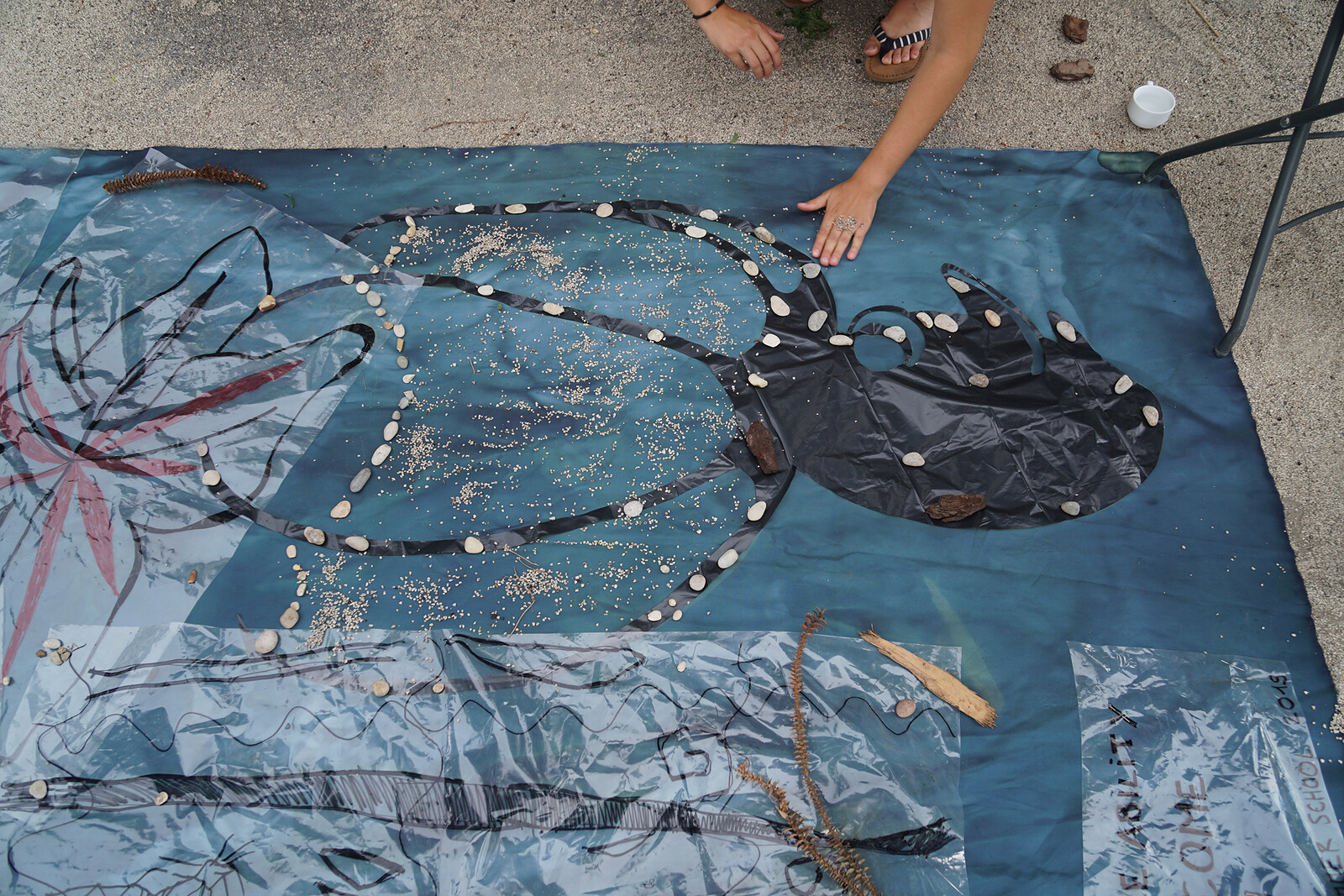Office Hours is a new questionnaire series that gathers insights from those who teach artists. In response to 10 prompts, educators reflect on the discourses and approaches that animate their teaching, share their visions for the future of art education, and offer advice for students navigating the field of contemporary art.
Office Hours: Filipa Ramos: Art Institute, FHNW Academy of Art and Design in Basel
1. Why did you decide to go into teaching?
To continue learning.
2. What drew you to your school and what is your teaching philosophy?
The possibility of joining director Chus Martínez in shaping a new pedagogical project on the most urgent matters of our present-future: Nature, Gender, Race.
I don’t think I have a “teaching philosophy”: it would force me to evolve and change following a predetermined pattern. I do have methods and obsessions though, which I try to adapt to each context, group, and individual. Collaboration is one of them: being a place for exchange and learning, academia is an ideal environment to host other visions and practices that operate with its knowledge and with a different logic, so inviting guest speakers to come and talk about what they do is a fundamental part of my seminars. Another is improvisation: I started teaching as soon as I came out of university, and I feel that my first years were a lot about training, rehearsing, and repeating. I remember studying and preparing myself more for seminars than for my own exams as a student! This has allowed me to slowly learn how to master my ideas and arguments in a more fluid way, taking unexpected turns according to the responses from students. As any performer knows well, you can only improvise if you’ve trained a lot, and I am grateful for those “training” years while I was teaching at the Accademia di Brera in Milan and at IUAV in Venice.
3. What theory and art history do you consider most essential for your students? What artist or artwork do you refer to most often?
Working across art and ecology, I embrace intersectionality, which I find much more stimulating than sitting in a room surrounded by art history narratives. My thought is profoundly shaped by those historians of science, nature, gender, and race who challenged canonical operativity in radical matters. The ways in which they stood back from their fields and were capable of seeing things anew, with a critical yet constructive eye, and used a different language, free of jargons and assumptions, are really important examples for the context of art. The words of Donna J. Haraway, Vinciane Despret, Astrida Neimanis, Isabelle Stengers, Saidiya Hartman, Bénédicte Boisseron, Patricia Fara, Paul B. Preciado, and Christina Sharpe are frequently revisited in my seminars.
Vdrome largely commands my memory and affects in terms of artistic references, and many of the artists I refer to are people we worked with over the years. Saodat Ismailova, Pierre Huyghe, Camille Henrot, Apichatpong Weerasethakul, and the Karrabing Film Collective are among my frequent references.
4. How do you navigate generational or cultural differences between you and your students?
With curiosity and availability, but also with finding softer modes of relationship to conflict. Some people find it really important, but I find most of it a waste of time. In Conversations on Writing, Ursula K. Le Guin (another frequent reference) says, “If you say that story is about conflict, that plot must be based on conflict, you’re limiting your view of the world severely. And in a sense making a political statement: that life is conflict, so in stories conflict is all that really matters. This is simply untrue.” I am with her.
Read more of Filipa Ramos’s Office Hours on School Watch.
School Watch presents critical perspectives on art and academia. Featured profiles, surveys, and dialogues consider education in fine art, curating, and critical theory, as well as the ideas and conditions that influence practice.




